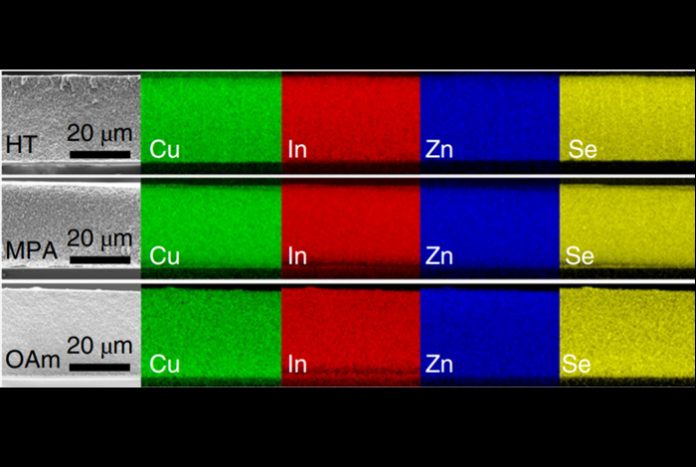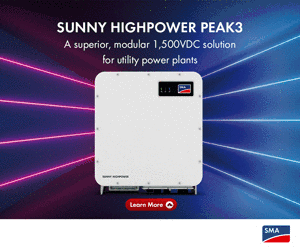A research team at Los Alamos National Laboratory in the U.S. claims to have developed a quantum dot solar cell without lead or other toxic elements that achieves conversion efficiencies ranging from 9% to 10%.
The scientists incorporated zinc-doped colloidal semiconductor quantum dots into a highly porous titania film, embedded as a charge collecting electrode in a copper, indium and selenium (CIS) solar cell.
The quantum dots are able to harvest incident solar photons and release tightly bound electrons into a high-mobility conduction band. “These electrons were then transferred to the titania electrode which ultimately produced a photocurrent,” the academics explained.
Although some imperfections were detected in the quantum dots’ complex structure, these had little effect on the device performance, according to the researchers. “Despite their profound influence on photoluminescence dynamics, surface modifications have surprisingly little effect on photovoltaic performance suggesting that intragap defects do not impede but actually assist the photoconversion process,” the group said.
It also explained that 85 photogenerated electrons were detected per 100 photons absorbed, meaning that the photon-to-electron conversion efficiency was 85%. “The high photoconversion efficiencies combined with the remarkable defect tolerance and toxic-element-free composition make these quantum dots very promising materials for implementing inexpensive, readily scalable and potentially disposable solar cells,” the scientists affirmed.
Quantum dots – nanoparticles of semiconductor material able to carry a charge – have been investigated for their solar cell potential in various materials for at least a decade and have made impressive progress since the first reported cell efficiency for the technology – 2.7% in 2010.
In March, researchers at South Korea’s Ulsan National Institute of Science and Technology(UNIST) created a 12.82%-efficient organic hybrid series tandem photovoltaic devicecombining quantum dots and organic bulk heterojunction (BHJ) photoactive materials. They claimed that this efficiency rate is the highest among the reported colloidal quantum dot cells, including single-junction devices and tandem devices.
A month earlier, scientists at Australia’s University of Queensland achieved 16.6% efficiency by synthesizing a quantum dot solar cell from a halide perovskite. The NREL set the previous record for quantum dot cell efficiency in 2017 at 13.4%, working with a similar lead halide perovskite.






